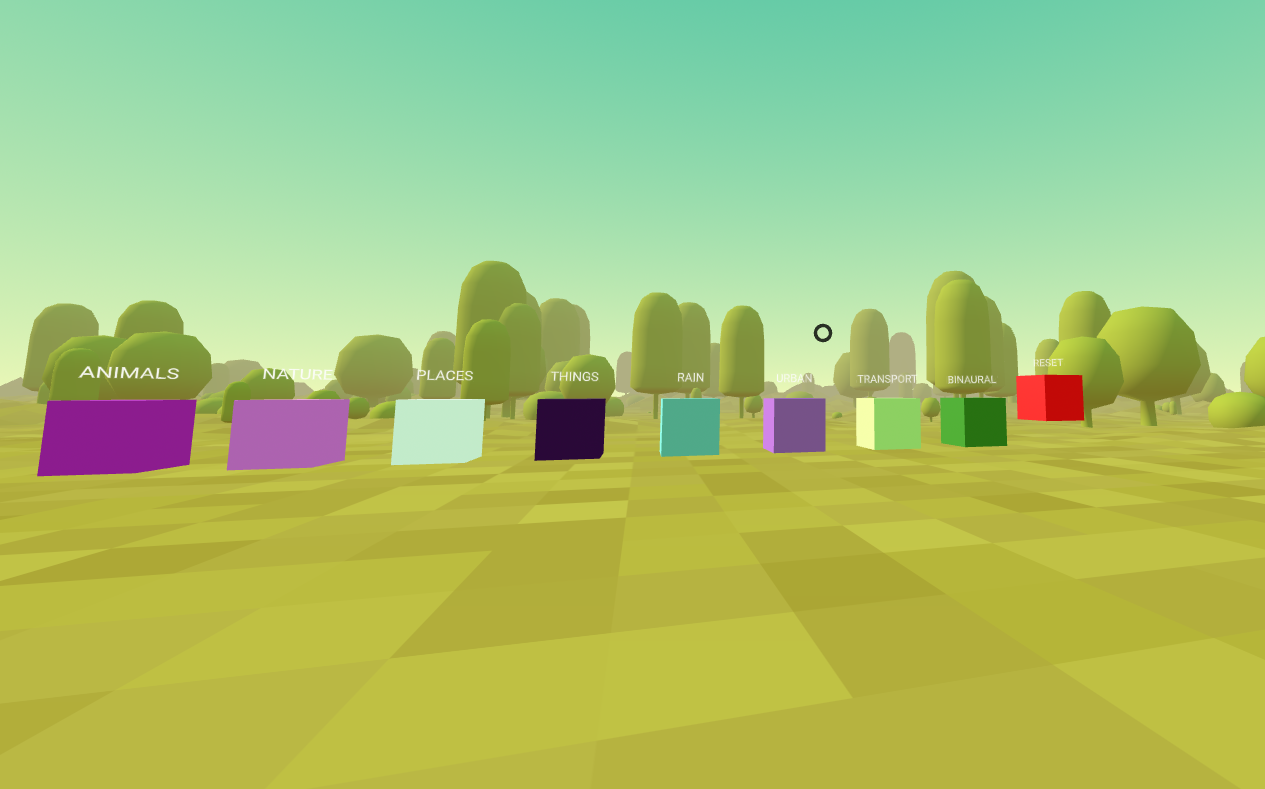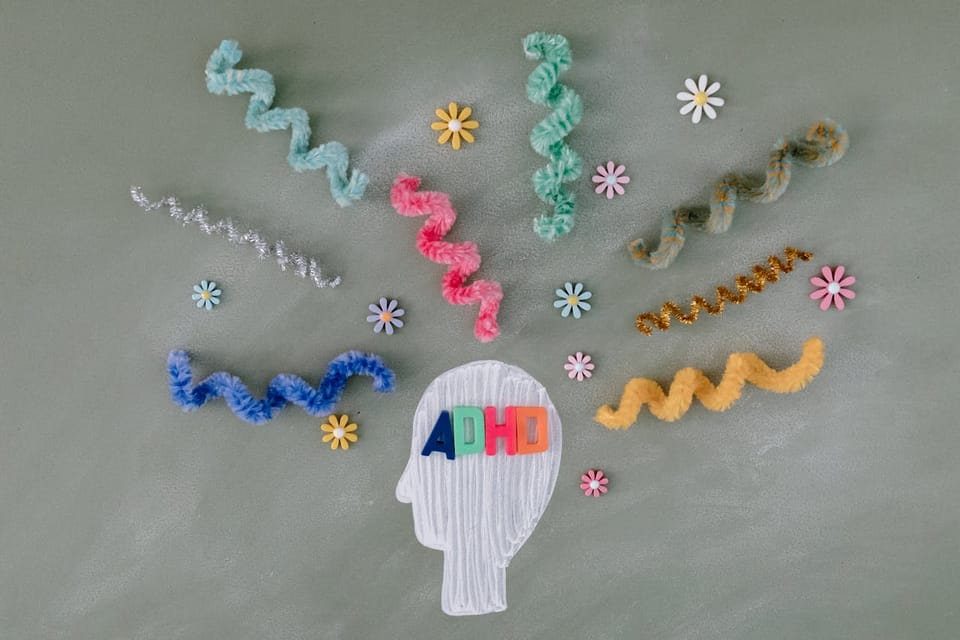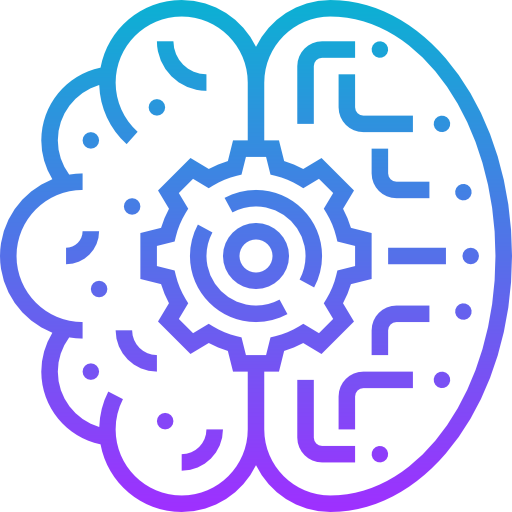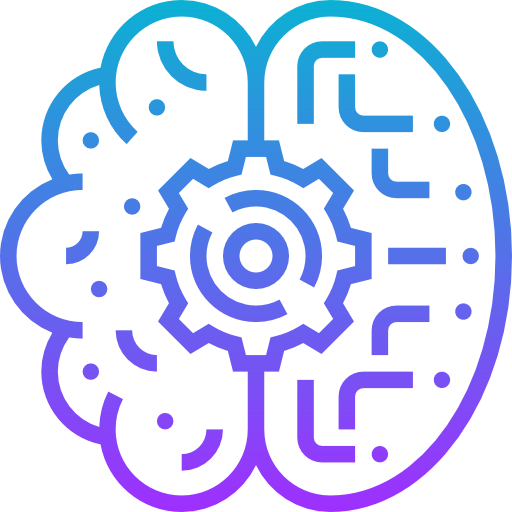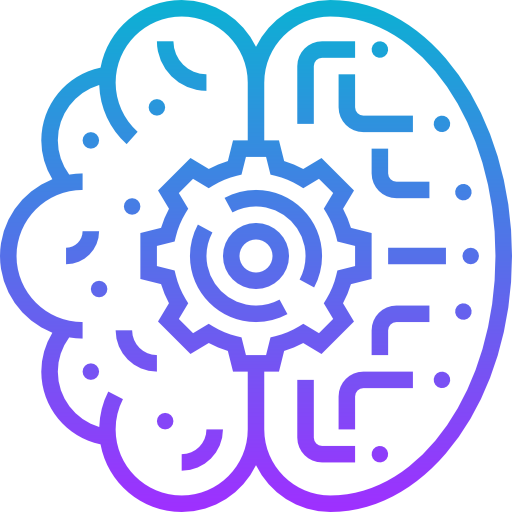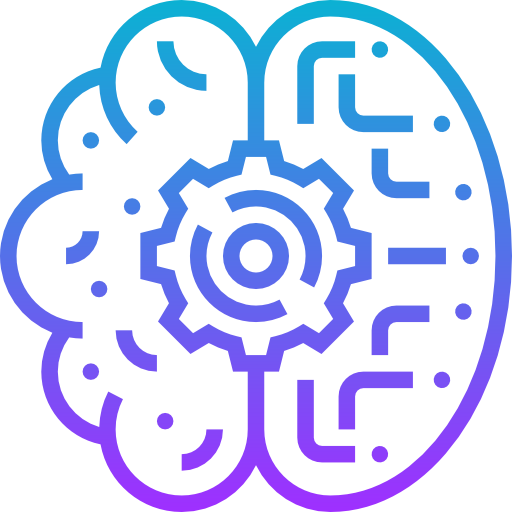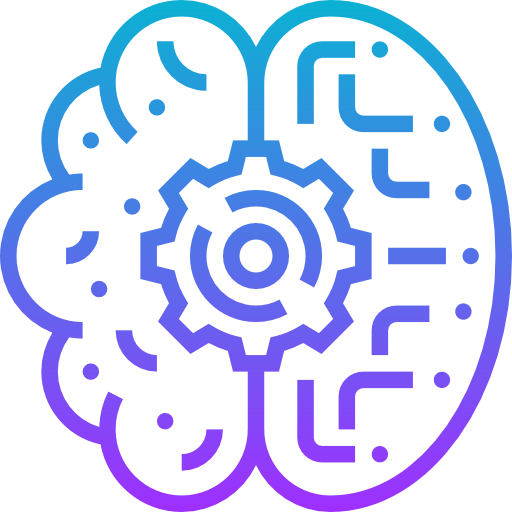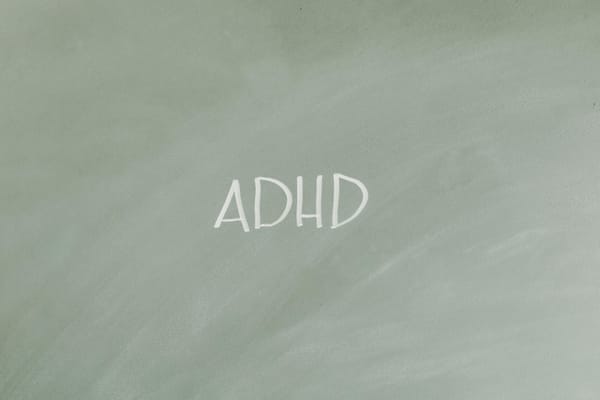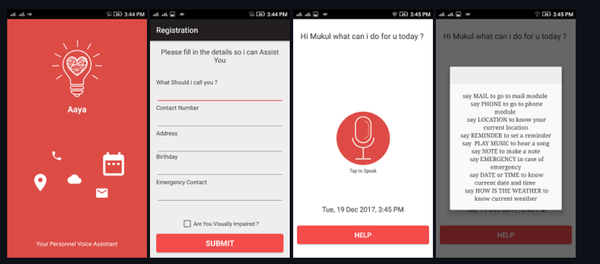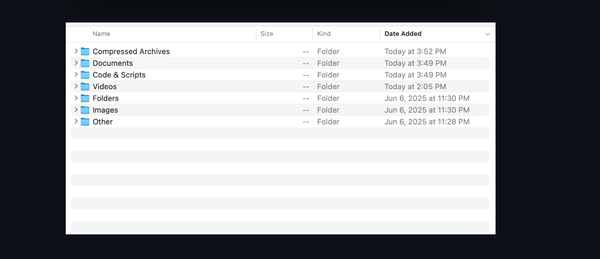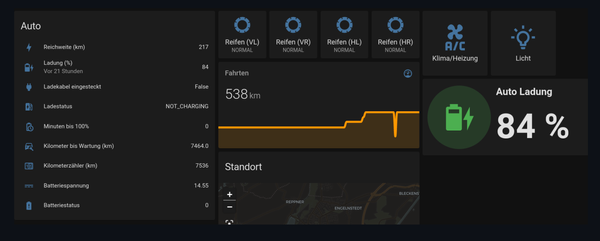Why Most “ADHD-Friendly” Platformers Burn Us Out – A Designer’s Call from the Front Lines
Table of Content
When I first downloaded seven of the most recommended ADHD games—ones praised by influencers and SEO-friendly blog posts—I expected help. Or at least something engaging. What I found instead was a confusing blend of noise, pressure, and design choices that screamed: “We think ADHD means you just want dopamine hits every two seconds.”
As a medical doctor, engineer, and someone who’s spent years building software and games (and working with ADHD individuals, both adults and kids), I need to say something clearly:
Most ADHD-oriented platformer games do more harm than good.
This isn’t about gatekeeping or dismissing genuine efforts. It’s about calling out a design trend that misunderstands the ADHD mind and risks causing burnout, not benefit.
Let’s unpack why.
ADHD ≠ Low Attention. It's Context Switching + Emotional Regulation + Memory
The myth is that people with ADHD just get bored quickly and love hyperactive stimuli. While it’s true that novelty and movement help, real ADHD challenges involve:
- Difficulty filtering distractions
- Impaired working memory
- Emotional overreactions (e.g., shame spiral after failure)
- Poor sense of time and delayed gratification
So when a platformer throws a hundred flashing icons, unpredictable enemy spawns, and split-second jumps at the player—especially with vague instructions—it’s overwhelming, not engaging.
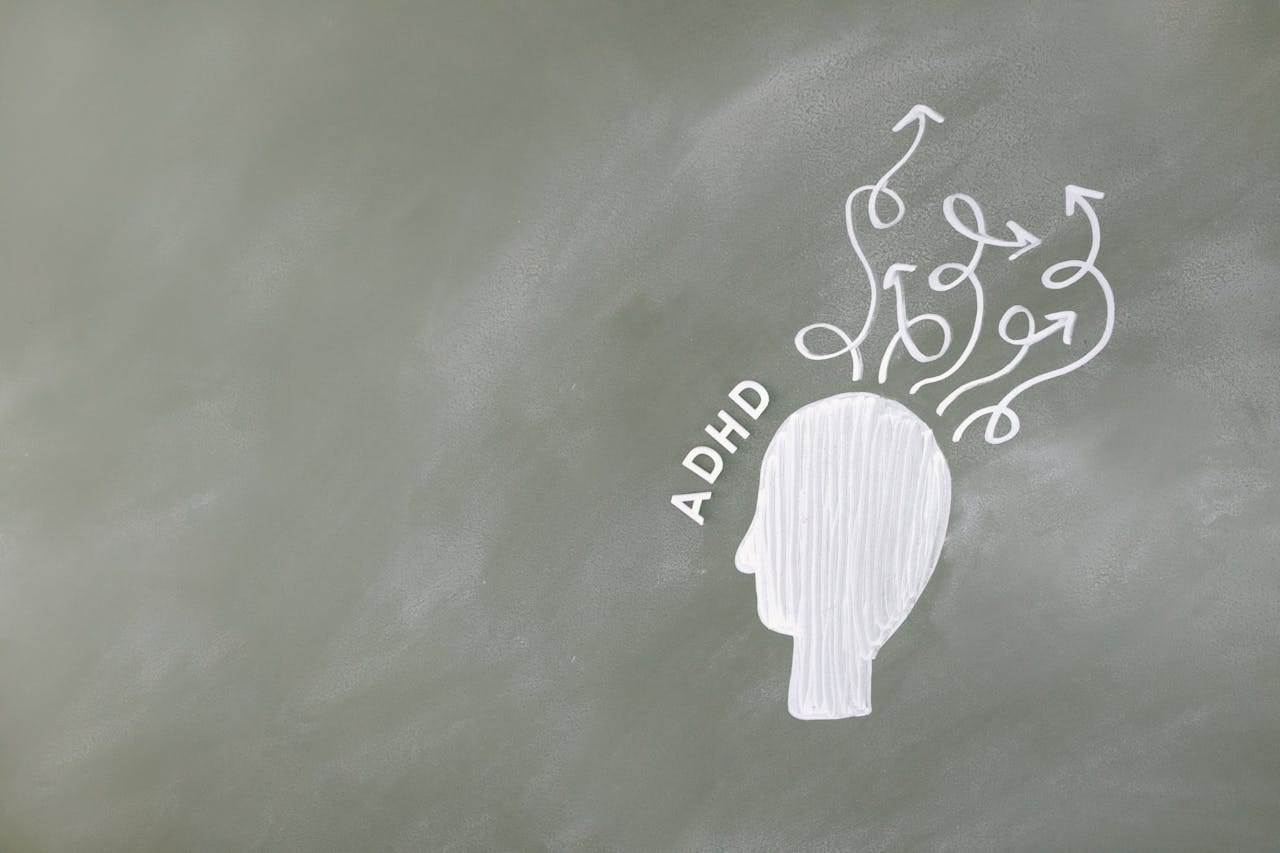
The Platformer Problem: Designed to Punish, Not Support
Here’s what I found after personally testing 7 apps labeled “great for ADHD”:
1. Speed-Paced Timers Everywhere
Timers are fine in moderation. But games like these constantly push “you have 15 seconds to complete a level or lose,” which punishes those who need more time to orient themselves. This time anxiety adds mental pressure and triggers avoidance behavior in ADHD brains.
🧠 ADHD Fact: Time blindness is real. We feel time differently. Artificial urgency = stress, not motivation.

2. Repetitive Failure With No Constructive Feedback
Platformers often use a “trial and error” model. For ADHD players, failing 6 times because of unclear mechanics triggers negative self-talk. I saw this in action with a 14-year-old I work with—he got stuck, didn’t know why, and just rage-quit. The game didn’t explain how to improve, just that he failed. Again.
🧩 Fix: Give meaningful micro-feedback like:
“Try double-jumping to clear wide gaps” or
“Watch for the blinking tile—it will collapse in 3 seconds.”
3. Too Much Noise, Not Enough Control
Visually overloaded UI, particle effects, and loud background music are NOT dopamine boosters—they’re cognitive noise. One app I tested changed music every 20 seconds and added flashing ads between levels. I had to put the phone down.
🎧 For real ADHD support: Offer sound toggle, visual simplicity, and one primary mechanic per level.
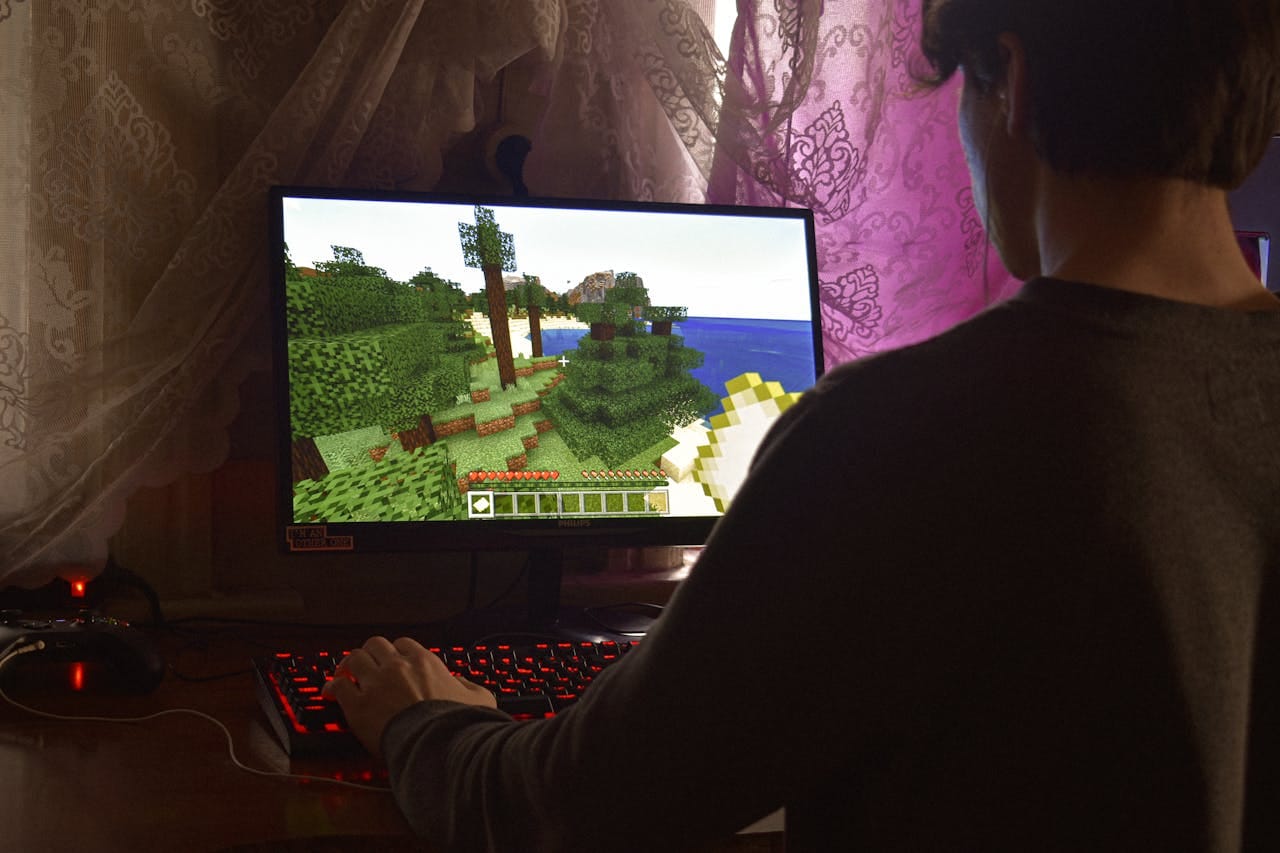
4. Story and Purpose Are Missing
ADHD players care deeply—when they’re emotionally invested. But most platformers lack narrative hooks or emotional payoff. The player is “just a square collecting stars.” That’s not meaningful. That’s digital homework.
Compare that to even basic games with a bit of story:
“You’re helping a kid gather lost memories to rebuild their imagination.” Suddenly, we care. We stay longer. We engage willingly.
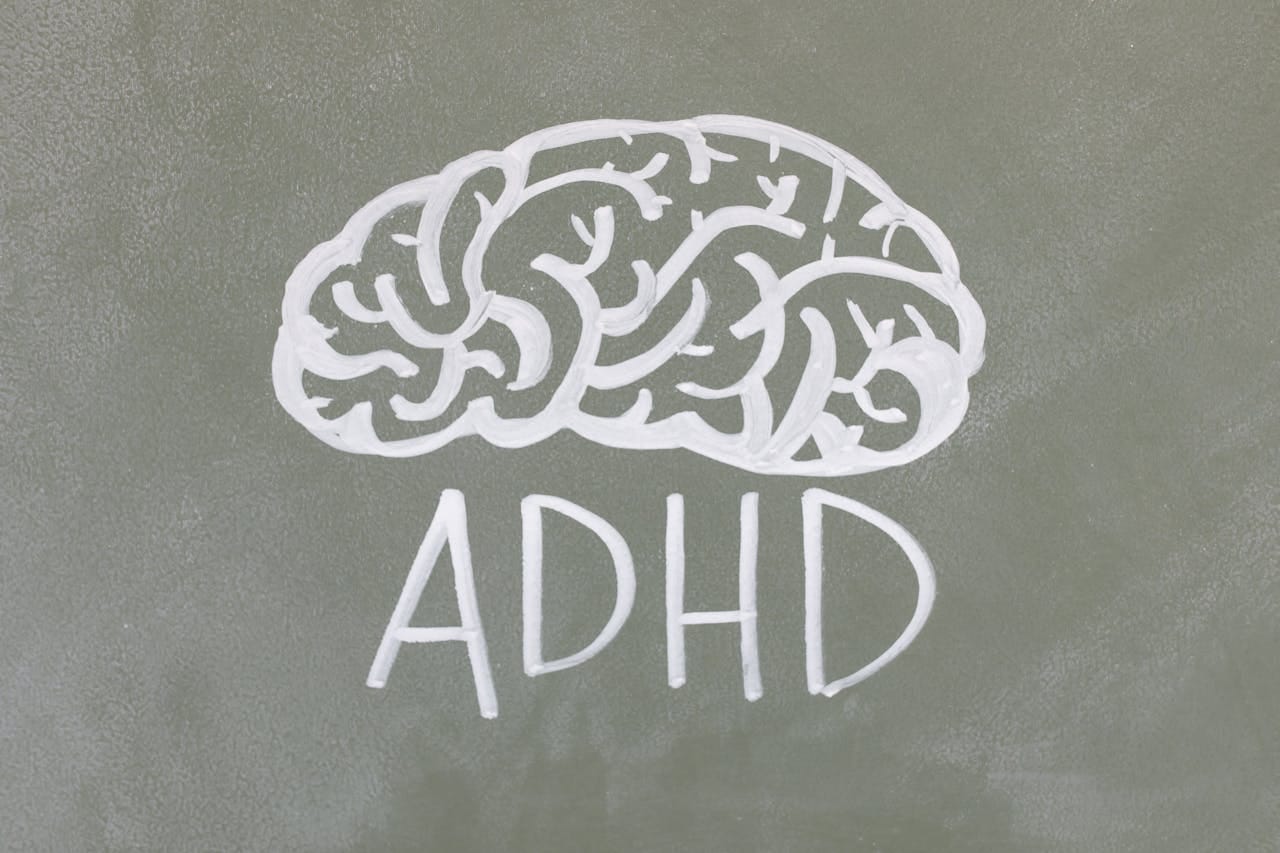
A Personal Note: These Designers Never Talked to an ADHD Person
I’m saying this with love—but also with disappointment. Out of the 7 apps I tested:
- 0 used user research with ADHD individuals
- 2 had reward systems that penalized slow completion
- 1 had fake gamification like coins for watching ads
- All 7 assumed fast = fun = ADHD-friendly
One of the apps actually locked you out if you didn’t beat a level quickly enough—completely ignoring how ADHD people experience frustration cycles. That’s not therapeutic design. That’s a dopamine casino.
What Actually Helps ADHD Users?
Based on my experience working with ADHD kids and teens—and testing over 40 games in total—here’s what works:
✅ Slow Introduction of Mechanics
Start with one mechanic per level. Let players master it without a timer. Then gradually add complexity.
✅ Flexible Pacing and Pausing
Allow pauses between rounds. Offer options to play without timers. Let the player control the pace.
✅ Built-in Mini-Coaching
Micro-instructions like “Remember: Double jump helps here!” or an NPC saying “You can always ask me for tips” go a long way. ADHD brains thrive on guided autonomy.
✅ Visual Clarity > Visual Clutter
Use soft colors, clear UI, and intentional feedback loops. Don’t make the player guess if they’re doing well.
✅ Emotional Anchors
Story helps. Purpose helps more. Even if the game is simple, make it about something. A mission. A journey. A goal beyond just “score.”
Designers: Build With ADHD, Not Just for ADHD
This is my call to fellow developers, educators, and even marketers:
🎮 If you're building games for ADHD, involve ADHD players early. Playtest with them. Ask them what drains them. Ask them what they loved in past games. Learn from behavior, not assumptions.
And please—don’t just speed up your platformer and call it neurodivergent-friendly.
We need games that:
- Support working memory
- Guide without pressure
- Encourage without condescension
- Respect the unique beauty of ADHD brains
TL;DR (for the ADHDers like me who skim everything)
Most ADHD-themed platformers are just fast-paced noise factories that lead to burnout, not benefit.
Instead of helping with focus, they:
- Overwhelm users with clutter
- Punish them for time blindness
- Offer no meaningful feedback
If you're building games for ADHD players, start with empathy, research, and player agency—not just pixels and points.
Game design isn’t about speed. It’s about flow. ADHD brains can get into flow beautifully—when the game meets them where they are.
